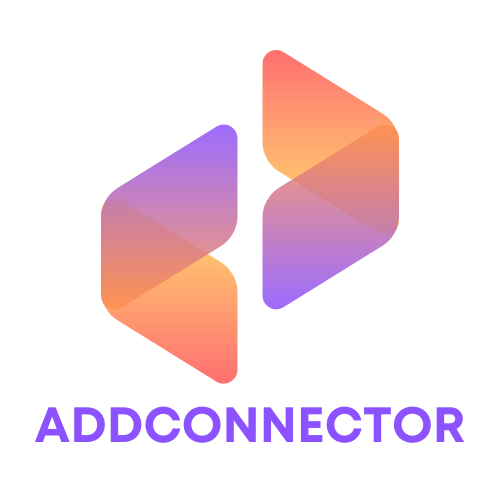In today’s digital jungle, a website isn’t just a pretty face; it’s the lifeblood of any business. Think of web design and web development as the dynamic duo of the online world—like Batman and Robin, but without the capes (unless that’s your brand). Great design grabs attention, while solid development keeps everything running smoothly.
Table of Contents
ToggleOverview of Web Design and Web Development
Web design focuses on aesthetics and user experience. It encompasses layout, color schemes, typography, and imagery. Designers prioritize making websites visually appealing and accessible. User interface and user experience design play significant roles in ensuring visitors find the content engaging.
Web development, on the other hand, deals with the technical aspects. Developers use languages like HTML, CSS, and JavaScript to bring designs to life. Functionality remains the cornerstone of development. Back-end developers manage servers, databases, and application logic, ensuring smooth operation.
Both disciplines require collaboration. Designers and developers must communicate effectively to ensure the final product aligns with the original vision. Regular feedback loops enhance the website’s overall quality.
Responsive design is crucial in today’s mobile-first world. Websites must perform across devices, from desktops to smartphones. Each adaptation involves adjusting the layout and functionality to suit varying screen sizes.
Further trends include the practice of integrating search engine optimization (SEO) techniques. Both designers and developers can contribute by optimizing site speed and ensuring code quality. These factors directly impact search engine rankings and user satisfaction.
Incorporating analytics tools is another vital aspect. Measuring user behavior informs design and development decisions. This results in continuous improvement, enhancing both user engagement and conversion rates.
Overall, successful web design and development hinge on their synergy. Connecting aesthetics with functionality creates an engaging digital experience. Engaging visuals combined with seamless operation elevate a website’s potential to drive business success.
Key Differences Between Web Design and Web Development

Web design and web development represent distinct yet interconnected fields within the digital landscape. Designers focus primarily on visual aesthetics and user engagement, while developers concentrate on building functional websites.
Focus and Skill Sets
Web designers possess a unique skill set centered on creativity and visual communication. They work on layout, color schemes, and typography to enhance the user experience. In contrast, web developers bring strong technical skills to the table. They utilize programming languages like HTML and CSS, ensuring that website functionalities operate smoothly. Designers often highlight user interface (UI) and user experience (UX) principles to create appealing digitais. Developers focus on backend programming and database management to support these designs through effective implementation.
Tools and Technologies
Designers typically use tools such as Adobe Photoshop and Sketch for creating layouts and visuals. They also rely on prototyping tools like Figma or InVision for collaboration and testing. Developers, however, employ different technologies, including JavaScript frameworks like React or Vue.js, to enhance interactivity. For backend development, they utilize programming languages such as PHP or Python alongside database tools like MySQL or MongoDB. Each group benefits from using specialized tools that cater to their unique objectives, ensuring that both design and development contribute to a cohesive final product.
Importance of Web Design
Web design plays a vital role in establishing a strong online presence. It enhances user engagement and builds credibility for businesses.
User Experience (UX) Considerations
User experience focuses on how visitors interact with a website. Prioritizing navigation leads to easier site exploration. Ensuring that content is accessible creates a more inclusive environment. Feedback mechanisms, such as surveys and usability tests, reveal areas of improvement. Implementing responsive layouts meets user preferences across various devices. An intuitive interface fosters user satisfaction and encourages return visits.
Aesthetic Elements
Aesthetics significantly impact first impressions. Color schemes evoke emotions and set the overall tone. Typography choices affect readability and convey brand personality. Imagery, including photographs and graphics, enhances visual storytelling. Consistency in design elements reinforces brand identity. Well-structured layouts guide users’ attention and facilitate information absorption. Engaging aesthetics keep users interested and encourage interaction with content.
Importance of Web Development
Web development plays a crucial role in creating effective online platforms that meet user needs and drive business success. It encompasses various technical aspects essential for a website’s functionality and performance.
Functional Elements
Functional elements determine a website’s ability to operate correctly and deliver content seamlessly. They include features like loading times, navigation structures, and interactivity. Effective use of HTML, CSS, and JavaScript ensures that these elements function well and enhance the user experience. Developers create responsive forms, interactive buttons, and dynamic content displays. Accessibility applies here, ensuring all users can interact with the website regardless of their abilities. Integration of third-party tools and APIs adds further functionality, providing users with smooth interactions.
Performance Optimization
Performance optimization significantly influences user satisfaction and search engine rankings. Strategies to improve loading times include compressing images and minifying JavaScript and CSS files. Utilizing content delivery networks (CDNs) also speeds up content delivery by distributing it closer to users. Regular performance assessments identify bottlenecks and highlight areas for improvement. Effective caching mechanisms reduce server load and enhance page speed. Together, these practices contribute to an efficient website, keeping users engaged and improving retention rates.
A successful website hinges on the seamless collaboration between web design and web development. By prioritizing both aesthetics and functionality businesses can create engaging online experiences that resonate with users. This synergy not only enhances user satisfaction but also drives higher engagement and conversion rates.
As the digital landscape continues to evolve staying updated with the latest trends and technologies in both design and development is vital. Investing in responsive design and optimizing performance will ensure a website remains competitive and accessible across all devices. Ultimately a well-crafted website serves as a powerful tool for establishing a strong online presence and achieving business goals.



